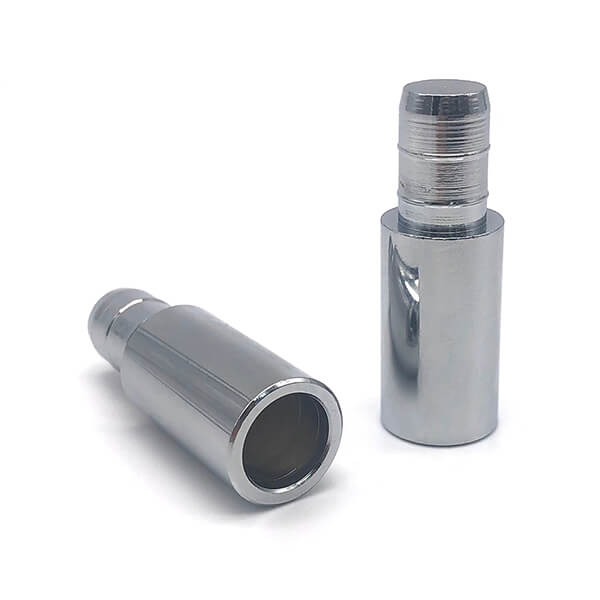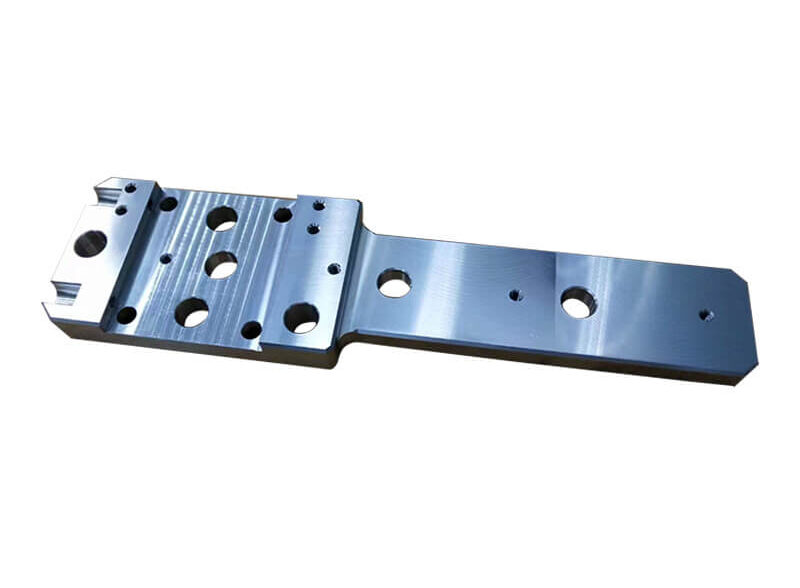Revolutionizing Manufacturing: The Impact of Innovation in CNC Machining Components
One area that has seen significant innovation in recent years is CNC machining parts. Even small parts such as bubble machine parts and polisher parts can be machined using this technology. In today’s fast-paced world, innovation is key to success in any industry. This is especially true in the manufacturing industry, where technological advancements have the potential to change the way products are produced.
CNC, or Computer Numerical Control, machining is a manufacturing process that utilizes computerized controls to operate and manipulate machine tools. This technology has been around for decades, but recent innovations have taken it to new heights. These advancements have not only improved the efficiency and accuracy of CNC machining but have also expanded its capabilities.
Innovations in CNC Machining
One of the most significant innovations in CNC machining components is the use of advanced materials. Traditionally, CNC machining was limited to working with metals such as steel and aluminum. However, with the development of new materials such as carbon fiber and titanium, CNC machines can now produce parts such as bubble machine parts and buffing machine parts that are lighter, stronger, and more durable than ever before.
Another area of innovation in CNC machining is the integration of additive manufacturing techniques. Additive manufacturing, also known as 3D printing, can create complex geometries not possible with traditional machining methods. By combining CNC machining with additive manufacturing, manufacturers can produce parts with more complex designs and complex internal structures, opening up new possibilities for product development while also being able to better meet market needs.

In addition to advanced materials and additive manufacturing, CNC machining components have also benefited from improvements in automation and robotics. Automation has made CNC machining faster and more efficient, reducing production times and costs. Robots can now be programmed to perform repetitive tasks, freeing up human operators to focus on more complex and creative aspects of the manufacturing process.
Furthermore, advancements in software and simulation tools have revolutionized the design and optimization of CNC machined components. Computer-aided design (CAD) software allows engineers to create detailed 3D models of components, which can then be simulated and tested virtually before being manufactured. This not only saves time and money but also ensures that the final product meets the desired specifications.
The impact of innovation in CNC machined components extends beyond the manufacturing process itself. These advancements have also had a significant impact on the industries that rely on CNC machined components, such as aerospace, automotive, and medical devices. The ability to produce lighter and stronger components has led to more fuel-efficient airplanes, safer cars, and more advanced medical devices.
In conclusion, innovation in CNC machined components has revolutionized the manufacturing industry. The use of advanced materials, additive manufacturing, automation, and improved software and simulation tools have transformed the way products are made. These advancements have not only improved the efficiency and accuracy of CNC machining but have also expanded its capabilities, opening up new possibilities for product development. The impact of these innovations extends beyond the manufacturing process itself, benefiting industries that rely on CNC machined components. As technology continues to advance, we can expect even more exciting innovations in CNC machining in the years to come.
